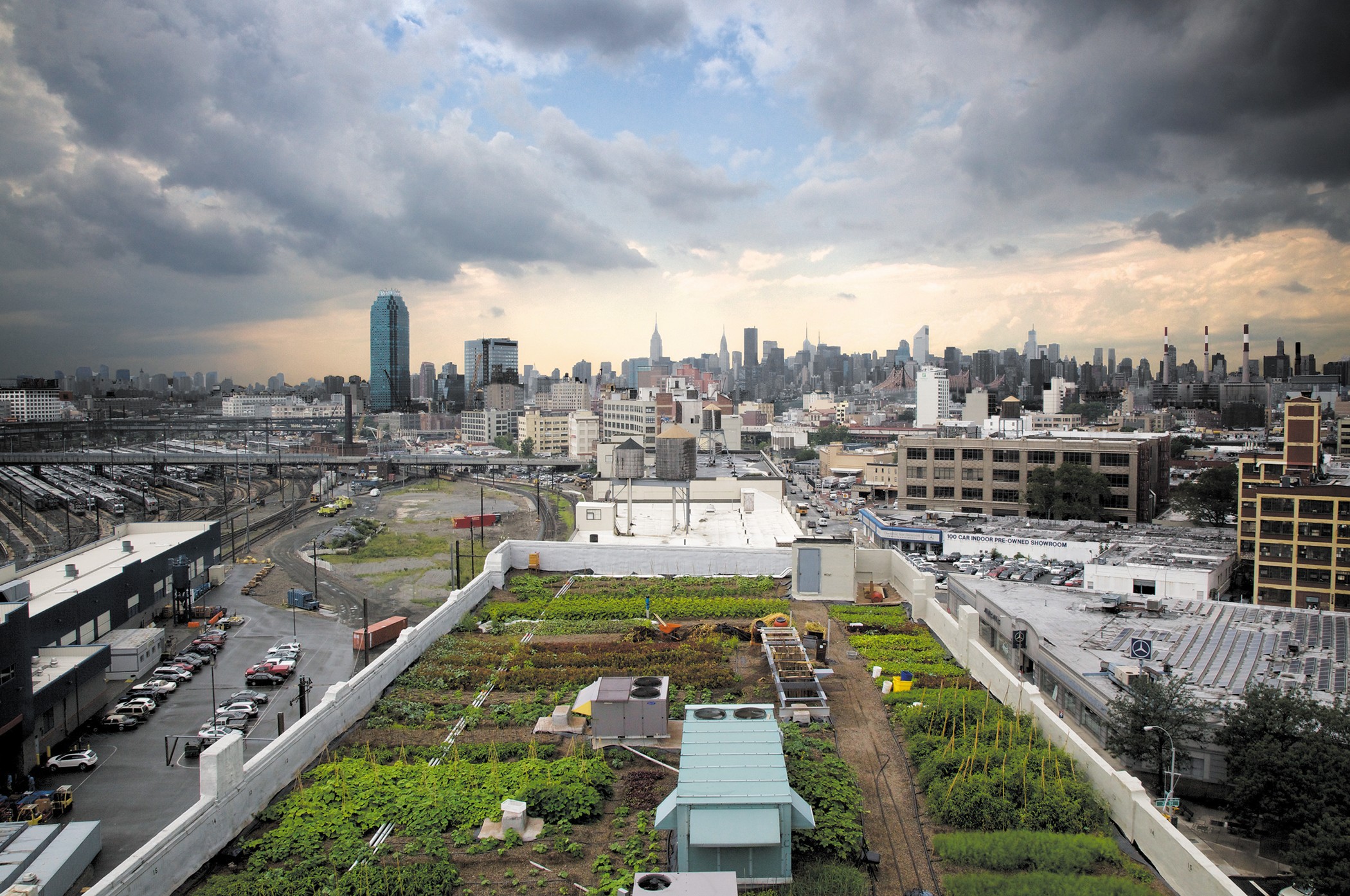The Best Strategy To Use For City Blooming
Wiki Article
The Only Guide for City Blooming
Table of ContentsThe Best Strategy To Use For City Blooming5 Simple Techniques For City BloomingAbout City BloomingSome Known Details About City Blooming Unknown Facts About City Blooming
Interested in growing food for sale in the City of Chicago? Assuming about beginning a community yard? Modifications to the Chicago Zoning Regulation permit farming uses like neighborhood yards and metropolitan farms in several components of the city. Below is a listing of regularly asked concerns relating to the regulations and regulations that cultivators need to take into consideration when intending an urban agriculture task.
The zoning modification does not modify any kind of various other codes dealing with composting, building licenses, buying or leasing City had property, business licenses or environmental contamination. There are existing codes that control these concerns and they stay in full effect and might apply to your job. Neighborhood yards are commonly owned or managed by public entities, civic organizations or community-based organizations and maintained by volunteers.
Urban ranches expand food that is meant to be offered, either on a nonprofit or for-profit basis. As a result of their commercial objective, metropolitan ranches call for a service permit. Yes. A community garden is allowed to offer excess create that was expanded on site if the sales are accessory or subservient to the yard's primary purpose defined over.
City Blooming for Beginners
The amount of compost material can not go beyond 25 cubic backyards at any type of given time according to the criteria in 7-28-715 of the City's Municipal Code. Since the dirt at many new garden websites needs modifying, compost, dirt, wood chips, or various other materials can be gotten to construct or enhance the expanding room.
If a structure authorization is required after that the hoophouse will be considered an accessory structure. You can learn even more concerning the structure permit requirements by getting in touch with the Division of Buildings. The 25,000-square-foot size limit is meant to stop a solitary community garden from dominating a given block or diminishing the block's existing household or industrial character.
The limit does not apply to yards situated in Public Open Area (POS) areas. Can there be even more than one community garden that is 25,000 square feet on a single block? Yes. The dimension restriction applies to specific yards, not to individual blocks. No. Fencing is not required, however, yards that have large car parking locations may be required to set up fencing or various other landscape design features.
Getting My City Blooming To Work
B1 & B2 districts need that all business use tasks be performed inside your home. R districts limit industrial activity. The guidelines reflect the function and intent of the Zoning Code. Is secure fencing required for metropolitan ranches? Yes. Fences may be required, have a peek at this site together with landscaping and testing, for sure parking lot and outdoor job or storage locations relying on area and the details activity taking place.Yes. Urban farms call for building permits and zoning approvals before building and construction. Other kinds of city review may be needed depending upon certain structures, tasks, size, landscaping, licensing, public heath and stormwater management concerns. A number of these needs are identified in the task layout or allowing procedure, nevertheless, the applicant might be accountable to separately determine particular licenses or permits that might be called for.
Yes. The type of certificate is established by what is taking place at the site. The Division of Service Matters and Customer Security can aid determine the certain sort of organization permit that's called for. Yes. Off street car parking is needed for many business jobs in Chicago. The required variety of car park rooms is based on the variety of staff members functioning on website and not the square footage of the growing room.
The smart Trick of City Blooming That Nobody is Discussing

Yes. A metropolitan farm can offer compost material created on website, however, the procedure must abide by the laws in 7-28-715 of the Chicago Municipal Code. Yes. Aquaponic systems are allowed inside your home on urban farms in lots of zoning areas. A zoning testimonial and building permit is required in order to install structures or systems and a business certificate is called for as explained over.
Up to 5 hives or colonies of honey might be kept as an accessory usage. Nonetheless, beekeepers must register with the Illinois Division of Agriculture. For additional information concerning the proposed zoning modification you might call the Department of Real Estate and Economic Growth, Bureau of Preparation and Zoning at 312.744.8563.
Farming in cities and city locations A metropolitan farm in Chicago. Urban farming refers to various practices of growing. https://www.openstreetmap.org/user/cityblooming, processing, and dispersing food in city areas. The term likewise relates to the area activities of pet husbandry, tank farming, beekeeping, and gardening in a city context. Urban agriculture is distinguished from peri-urban agriculture, which happens in backwoods beside suburban areas.
City Blooming - Questions
, who seek to form social networks established on a common ethos of nature and area holism. These networks can establish by way of official institutional assistance, becoming incorporated into regional community preparation as a "shift town" motion for lasting city growth.The extra direct access to fresh vegetable, fruit, and meat items that may be know via urban agriculture can enhance food protection and food security while lowering food miles, resulting in lower greenhouse gas exhausts, thereby adding to climate modification reduction. Several of the first proof of city farming comes from Mesopotamia.
Report this wiki page